Post-COVID stimulus: THE WELLINGTON UPGRADE!
As loads of government folks burn midnight oil defending us from the COVID-19 pandemic, others are looking at how to stimulate our economy. What should Wellington call for in a stimulus package?
The new stimulus call-out is here, and there’s a nice summary of the government’s initiatives from a transport perspective on Greater Auckland. Here, we’ll put the current call-out in some much-needed context and then – of course – give our Hot List of Wellington projects that would be good investments for post-COVID Aotearoa.
Never waste a crisis
Covid-19 is stopping us doing stuff, and that’s pushing all our economies into a dangerous recession state. Governments around the world – including ours – are doing what governments should: reaching into the public coffers, drawing down public debt and pushing money into the economy in various ways.
Let’s remember: anything that makes money move around the economy, and be turned into something that’s then consumed, is “stimulatory”. If goods and services are being made and provided and bought and profits made, stimulus occurs regardless of the goodness of that activity. (Lest we forget: wars are very stimulatory and always boost GDP.)
So while we could stimulate the economy to do more of the same stuff as pre-crisis, that’d be a wasted opportunity to build a better, more liveable country.

But it does need decisive moves at key times like this
All shook up – and briefly shaken free
So what about a crisis is good?
It requires a disproportionately big response beyond the status quo. It’s the opportunity to make some of those transformational step-changes in our societies, economies, nations, regions, towns and cities, communities, that we’ve been wishing for but failing to achieve.
Crises shake us free in two ways.
Firstly the huge social and economic disruption from a disastrous “Act of God” torpedoes our comfortable status quo, and thereby neutralises (for a while) our natural resistance to change.
Secondly, the massive disruption caused by pandemics, tsunamis, earthquakes and the like are things for which no-one is to blame. This reduces the risk of it “getting political”, preventing us from distracting ourselves (too much) with finger-pointing and defensiveness. Crises like pandemics, tsunamis, earthquakes are also Nature (or God) Against Humans: we all share in it and, for a while, we can feel our collective humanity more than we normally do.
So if you’re smart, and move decisively, a crisis means social licence to make those big disruptive shake-ups and step-changes.
Taking our economy from high-emissions to carbon-neutral.
Taking towns and cities from car-dependent to accessible and sustainable.
Taking neighbourhoods from alienated and disconnected to cohesive and connected.
Taking government from highly centralised and locally weak, to capable, innovative localism.
Taking good housing from a hallmark of privilege, to a national bedrock for everyone.
Taking our native species from threatened to thriving.
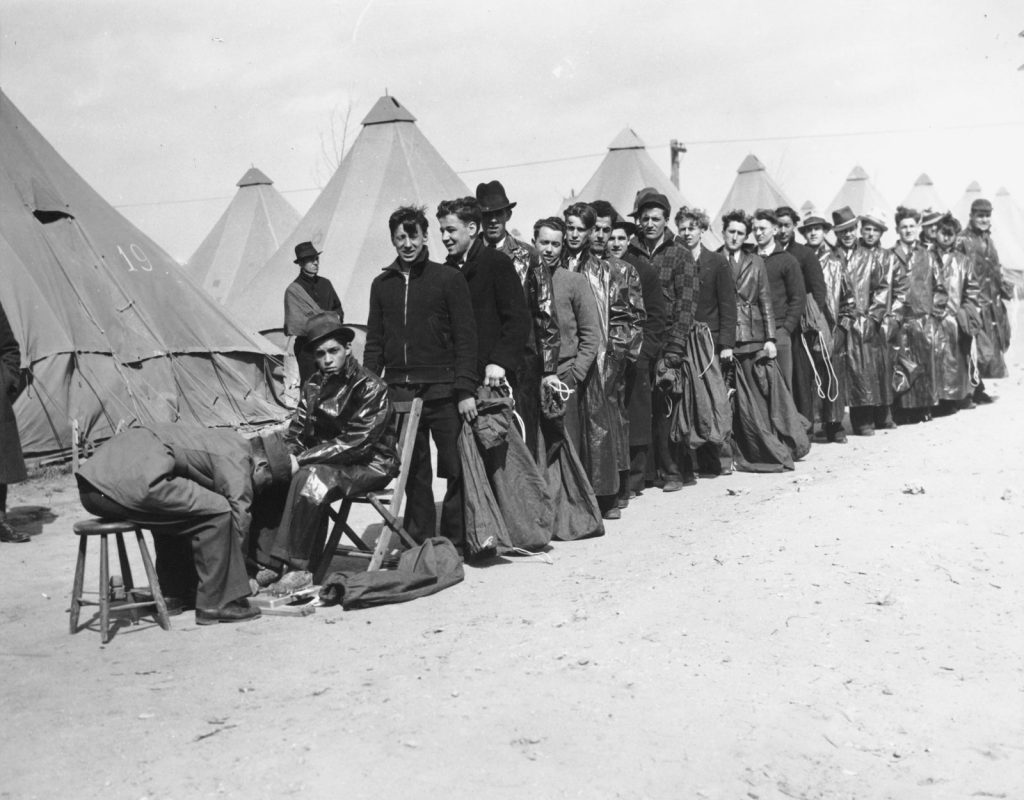
Government to the rescue
The main actor to kick off these transformations is the government. In crises, governments are especially important, not just because they can leverage the public balance sheet. They also get special temporary powers, and play a unique, vital role: trusted coordination and collective action in the common good.
Bernard Hickey encourages the government to use this crisis as an opportunity to fund a once-in-a-generation-scale transformation of our country and economy.
[…]it is also an opportunity to invest (let’s say $500b over 10 years) in our local economy, infrastructure and people to solve our underlying housing affordability and climate change crises. That would reassure businesses and consumers that there would not be a complete slump. It would also start solving some of the long term problems we know we have.
That means massive Government-led investment in public transport, affordable housing, education and health to be ready for when the global economy returns to life with much better wellbeing and productivity levels. Railway lines, apartment buildings, electric bikes, hospitals, schools and the like.
Yes.
Many of these fundamental improvements in how Aotearoa-New Zealand works are things we’ve been promised by this government (and some previous ones), yet have so far failed to eventuate. Will we finally see this government setting a strong, coherent course?
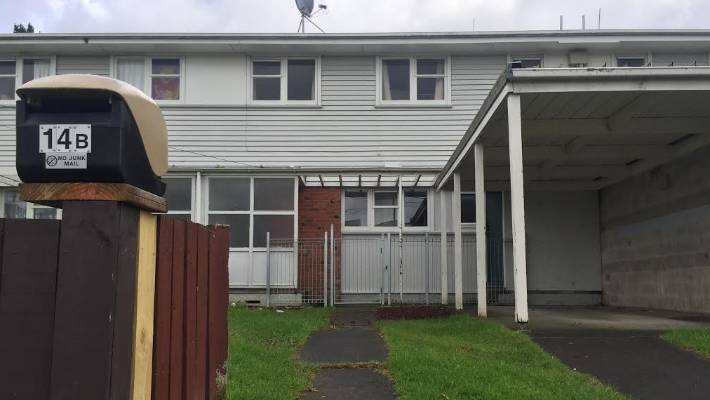
A shot in the arm – of the hard stuff?
Recovery and regeneration stimuli can come in many forms, but the highest-profile ones are big government-funded projects and programmes as Hickey describes.
These come in two main flavours: a “capital expenditure” flavour (building assets and infrastructure with an injection of construction funding) or an “operational expenditure” flavour (operational funding to run these things, to make them go once they’re built). And big government stimulus can do this in any of the “four capitals” that give us our wellbeing: natural, social, human, and financial/physical.

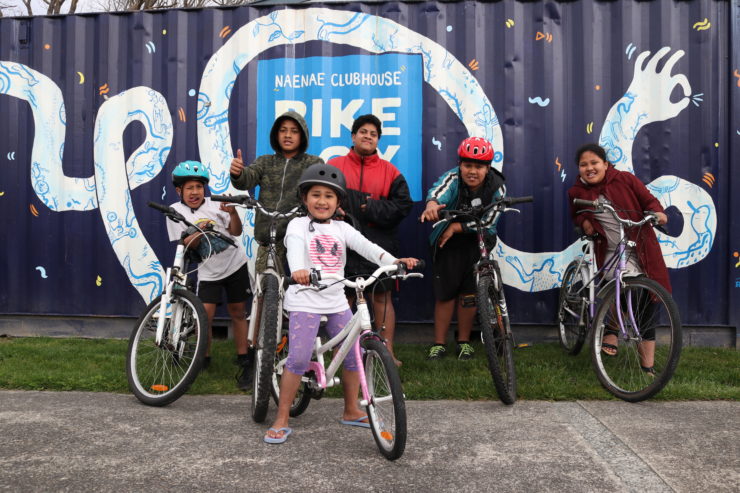
(upcycled bikes, networking, and lessons)
Initially, at least, our government’s reached for the classic “build hard stuff”.
Through a new Infrastructure Industry Reference Group with Crown Infrastructure Partners, Ministers have called for projects that government could fund, as stimulus for our economy. This will come on top of the $12 billion NZ Upgrade Package announced a few months ago, of which $6.8 billion was for transport projects. From the press release:
The Infrastructure Industry Reference Group, to be headed by Crown Infrastructure Partners chairman Mark Binns, will put forward to Ministers projects from the private and public sector that are ‘shovel-ready’ or likely to be within six months. […]
However, the Government is also planning ahead for when that time comes,” Phil Twyford said.
“That’s why we are now developing a pipeline of infrastructure projects from across the country that would be ready to begin as soon as we are able to move around freely and go back to work.
“The types of projects the Government would consider funding include water, transport, clean energy and buildings. They would also have a public or regional benefit, create jobs and be able to get underway in short order,” Phil Twyford said. […]
“The reference group will be seeking out larger projects, those with a value of over $10 million, which would have an immediate stimulatory effect on the construction industry, its workforce and the economy.
“Smaller projects will be considered if they demonstrate a direct and immediate benefit to the regional economies and communities in which they are based.
In the meantime, the Provincial Development Unit will continue to work with local councils to identify regional roading projects, particularly in the identified surge regions, to provide employment and boost local economies.
Greater Auckland’s Matt Lowrie notes that “separately they’ve also announced they’ll be making advanced payments to “transport construction industry contractors” so they can retain their workforce over the coming weeks and are able to quickly re-start work again.”
All the Mayors are now gathering projects their councils could seek funding for. Government officials are too, and those outside government are lobbying hard. Every day it seems there’s a new set of recommendations from someone – including some solid ones.
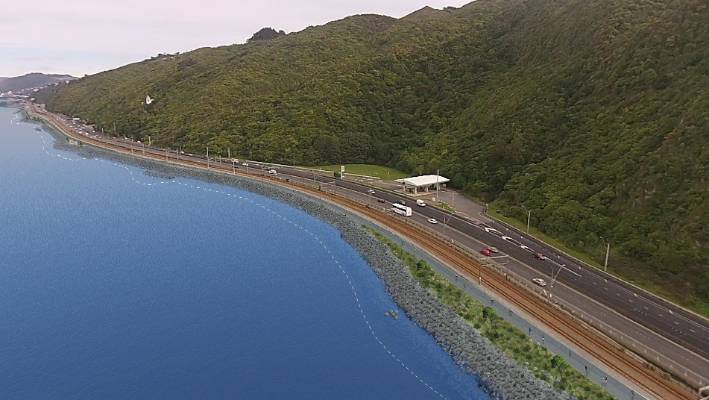
But what’s good and how should we do it well?
There’s a few principles that should be applied by the government – and by all those punting up wishlists of projects.
1. Sustainable jobs vs capital assets? Physical capital vs all capitals?
At the moment, there seems to be a focus largely on physical assets (“capex” investment in physical stuff) with construction employment in mind. You can see it in the call-out’s framing, the flavour of the Infrastructure Industry Reference Group, and the handout to infrastructure construction companies. Building physical assets is a start, but we need to take a wider interpretation of “infrastructure” and “assets” to boost the other capitals: the social, human, and natural assets which drive wellbeing just as much as physical capital.
We would also love to see funding committed to ‘opex’ that, when paired with our capex investments, help to unlock them and create sustainable jobs that generate spillover benefits into communities and local economies. This is the stuff that makes sense in a post-COVID world, for recovery and regeneration to pre-COVID levels will take years and years.
What does this capital-plus-operating combination look like? Some not-very-random examples:
- build good bike and micromobility infrastructure, and also train and fund instructors, and incentivise bike/scooter travel
- roll out more fibre and more roads, and also create digital and physical accessibility infrastructure for people with impairments to get around easily and safely.
- build mainland islands, and give each a good operating budget
- build new medical facilities, and provide for training, staffing and resources
- build new community centres that nourish and bind communities together, and pay for staff and programmes (and support existing ones like The Remakery!)
- build a new aquaculture facility, and support capability in iwi to capture supply-chain value
- build new mass transit, and guarantee some funding of its operating costs, and stimulate land-use intensification around it

2. Build back better – and only better
The focus on “shovel-ready” is to stimulate construction jobs in the short term – but this is going to be a multi-year crisis, so it’s essential to have a longer pipeline, and projects with more than just one-off construction jobs.
And our “shovel-ready” projects are a pretty mixed bag. There’s a real risk that councils dust off projects (like the “regional roading projects” mentioned in the press release?) that had been bred for weird investment climates in the pre-Covid world.
Central government’s not inspiring confidence either: in the recent NZ Upgrade funding package, lower-return roading projects came up trumps not because they were higher priorities, but because they were familiar and therefore the sector could deliver them quicker (*cough* before the election).
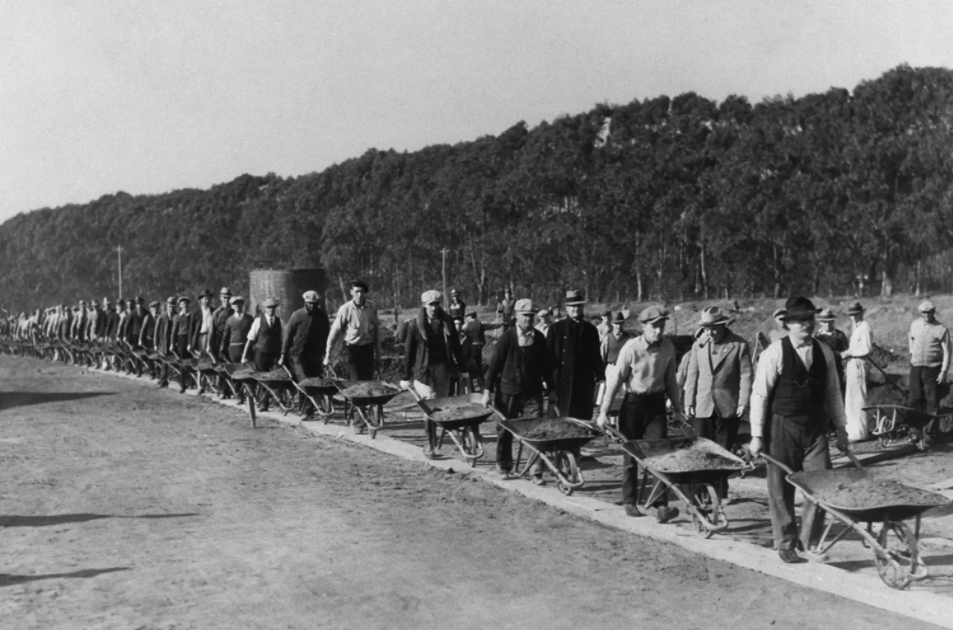
US New Deal workers (Civil Works Administration)
What was passed over in the NZ Upgrade? It was the public and active transport projects that would let us decarbonise our transport and massively lower household transport costs, boost our public health, and stimulate local commerce. Also missing out: the wastewater and stormwater rescue packages that would bring our outdated (and poor modern) water pipes up to scratch. The fossil-fuel industry reconfiguration, retraining and regional stimulus packages of just transition.
Post-COVID-19, we need to ensure that we don’t just rush to build just anything, so we can at least be doing something.
There’s a key concept to take from the disaster-recovery community: Build Back Better. You don’t pour all your regeneration effort into just building back what you had before; you seize the opportunity of crisis to put all that investment into the good stuff – capex and opex, and a pipeline of projects – that will transform and set us up for the long term. Including being more resilient for when another disaster strikes.
3. “Efficiency”: holism please
This is the time to think properly, differently, about “efficiencies” and outcomes. In peacetime, many of us look at the layers of activity involved in small-scale operators and councils doing infrastructure projects, like cycleways. Many (including us) say things like “ugh how inefficient”. Some say even “they’re such make-work schemes for local yokels”. Many of us then say “it’d be so much more efficient to get a single big government outfit doing it – like on the highways!”

But when our economic ecosystem is weakening fast – with 10%+ unemployment in NZ looking pretty likely – we absolutely want initiatives to get plenty of people working productively during this otherwise largely unproductive time. That means lots of Kiwis employed in doing that good stuff that will “build us back better”.
A word of warning on efficiency: when it comes to doing joined-up activity, government in Wellington – regional, local, and central – has pretty poor form. So let’s be open to innovative solutions. Post-earthquake Christchurch is rich in lessons about how to, and how not to, use the different strengths of central government and local government’s capabilities. With these insights Ao-NZ could create temporary, regional bodies that do a much better job of delivering “build back better” than either pure central or pure local government. A body like this should be a credible threat for Wellington if we can’t get our acts together, pronto.
4. Outcome-focussed, solution-focussed process please
There’ll be lots of calls to “suspend the RMA”, dispense with normal procurement rules, and generally get rid of all the things popularly considered to be “handbrakes on progress”. At Talk Wellington we’re the first to say that NZ’s current processes feature plenty of bugs that inspire perverse outcomes (such as privileging and amplifying NIMBYism that holds back good development).
But we won’t “build back better” if we grab *anything* that looks “shovel ready” and let the industry at it. We want better quality assets, ones that give to NZ with both hands instead of giving with one hand and taking with the other (like poor-quality housing, car-centric subdivisions, orthodox stormwater, coal-fired power plants, pointless road expansions and so on).
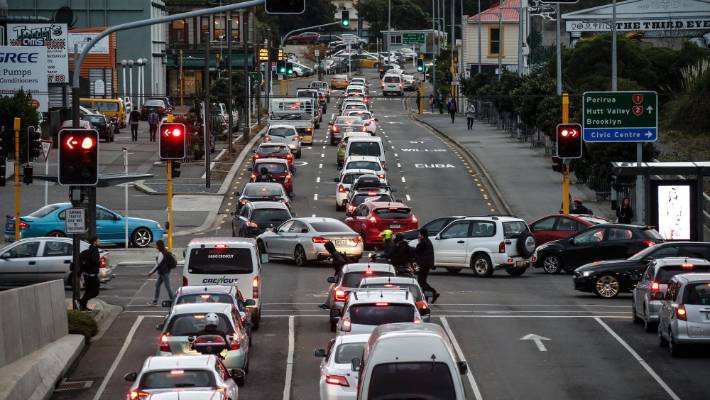
If it’s a bit slower than “just whatever we can build fastest”, but we get good assets, that’s a good tradeoff. We also need to consider that public debt, the big elastic band that stretches in times of crisis to keep the economy together, is always paid by us eventually. So let’s make sure our grandchildren’s debt burden is high-ROI, climate-resilient investments, not dodgy stuff.
Checks and balances that actually ensure we get good assets, and that our debt burden is only good stuff? Yes good.
Checks and balances focused on perpetuating the comfort zone of conservative organisations, and/or out of all proportion to the investment and the outcome? Nope.
Stimulus package: what should we do in Wellington?
First, the water
We’ve kind of forgotten about our water infrastructure horrors because COVID-19. But as winter approaches we’ll quickly remember again. So priority 1 for water infrastructure upgrades is preventing the worst of the flooding and fixing the worst of the current issues with sewage (those “poonamis”).
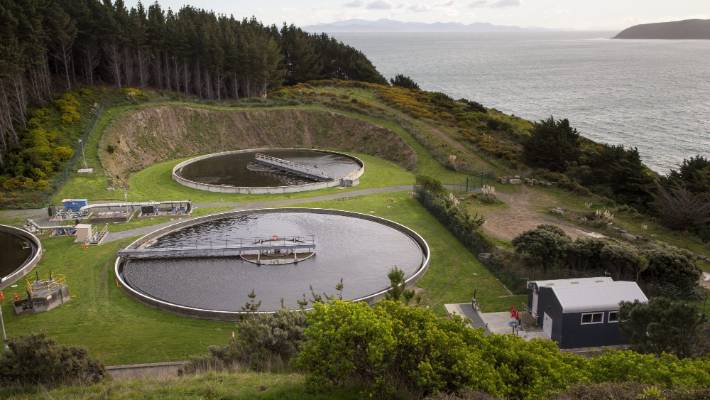
But we’ve also got the problem that the water performance of new developments – the housing growth areas – seem on a trajectory of “build more of the mediocre stuff”. There shouldn’t be any money spent just enabling standard-issue greenfields development that just waterproofs more of our land and worsens the water problems downstream. It should at least improve the water performance of existing urban areas – reducing the water impact of your and my living.
But what about “build back better” – shouldn’t our goal for stimulatory water investment be a little bolder than “be less sh*t?”
Intensification of landuse is the transformational thing, the game-changer for towns and cities like those in our region. In Wellington city there’s mandate already for this from the Planning For Growth and Te Atakura consultations, and there’s a national push coming to intensify too, because people recognise how downright great life is in denser towns.
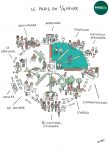
Fun fact: the handbrake on good intensification development in the Wellington region is water infrastructure. Not drinking water, but stormwater (rain runoff) and wastewater (sewage). It’s a handbrake because in many of the areas that should be higher density, we’ve made it so everything goes into the pipes, often mixing the pipes up badly. Essentially current pipes won’t be able to cope with any more toilets, gutters, washing machines – which come with more people living close together.
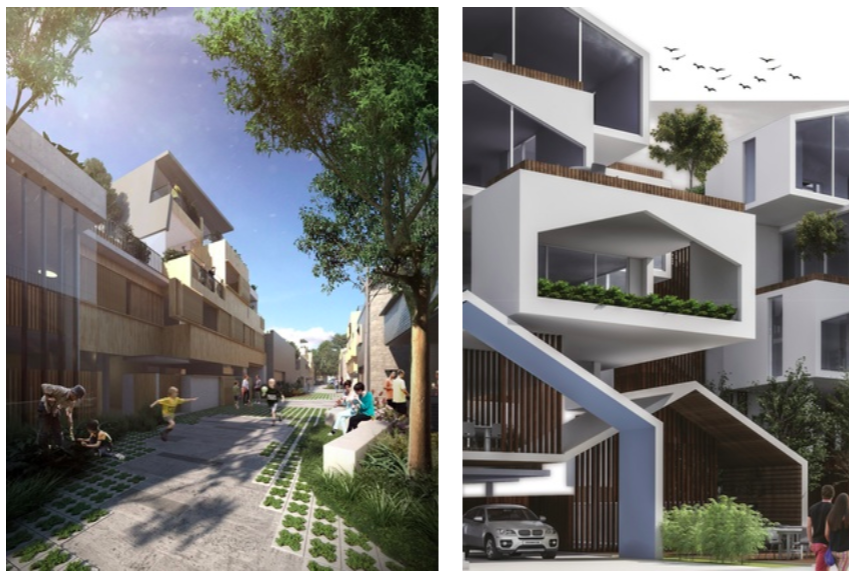
So let’s target post-COVID water infrastructure upgrades at enabling higher-population accessible neighbourhoods. Think Adelaide Road, and the zones around railway stations. More people able to live great lives: carfree, socially connected, walking to school, with awesome local shops and pubs and community hearts within 15 minutes.
While other construction has largely stopped due to the slowdown, it’s the most obvious and best way that we can generate a bunch of jobs and substantially futureproof our city for the future.
The Wellington Transport Upgrade
But because we’re transport nerds, here are some transport (and landuse) projects that could stimulate Wellington’s workforce and economies and build better rather than just build back.
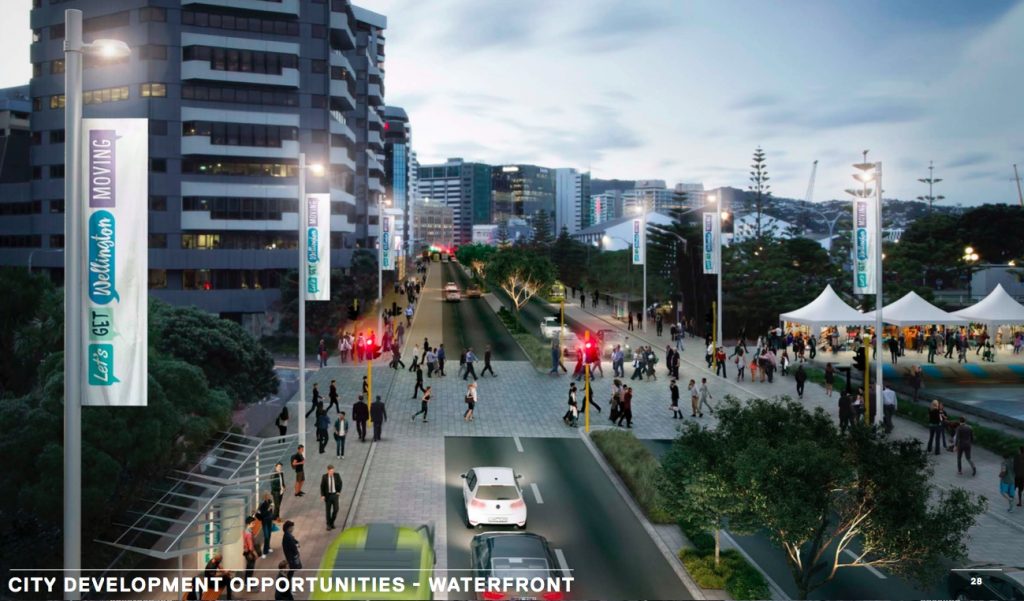
Accelerate the good stuff in Let’s Get Wellington Moving
There’s plenty of good stuff in Let’s Get Wellington Moving, and we should get on it pronto.
- Pedestrianising and PT-corridoring Lambton Quay: do this properly, reflecting the huge importance of the Golden Mile as a heart to the city
- Commission that Mass Transit and build it now – (give people the smart choices we want Wellington to start using)
- Building out the major bike lane network connections in downtown, and expand the plans for the network by following the Let’s Get Wellington Riding plans
Note: Mass transit is tricky in that we gotta buy the vehicles from overseas: money going to other countries’ economies. But its unlocking effect is so huge (in terms of PT transformation, and boosting land value and intensification) that all up it’s still a strong contender.
Heal major severance
Connect for people! An inhospitable big road, or a mall with no free public access, cuts off communities just as effectively as a wall. Invest in the projects which are…
- Reconnecting Eastern Porirua with its centre – heal the severance of SH1, the horrific Mungavin Roundabout, and the rail line. This will be completely revolutionary for that city.
- Burying the motorway in Wellington’s Te Aro (that crucial city-enhancing element that wasn’t funded in LGWM)
- Connecting Avalon, Woburn and Taita properly with Avalon Park so people can use it without driving there
- Supercharging the Naenae town centre redevelopment [6.1 MB PDF] with great access by walking, biking, wheeling to the pool and centre
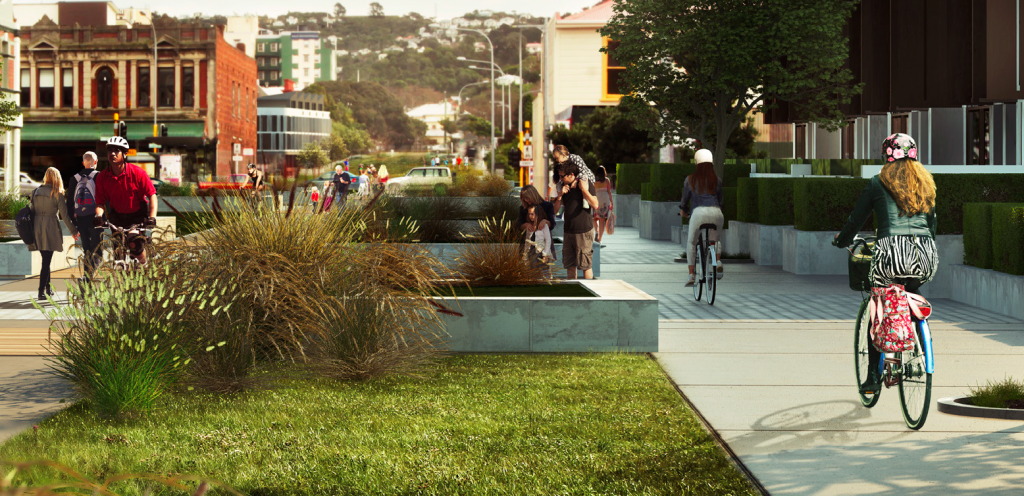
buried, with useful stuff happening on the top
Give bus a chance
It’s the linchpin between home and All Those Other Places, including other transport (trains and bikes and cars and scooters). Bus can and should be excellent.
- Implement bus-only lanes pronto – most towns already have some plans for this, and there’s a particularly good plan in Wellington (yes, Bustastrophe Wellington!)
- Build proper hubs where people can actually enjoy their wait to change between buses and other modes (especially rail and mass transit); enable transit-oriented development to easily grow (see Further Reading for a great TOD intro)
- Prioritise bus access to railway stations: clearways or bus-only lanes to get there, and priority parking access over park and ride
- Electrify the bus fleets already! (Presuming we can get most of those locally?)
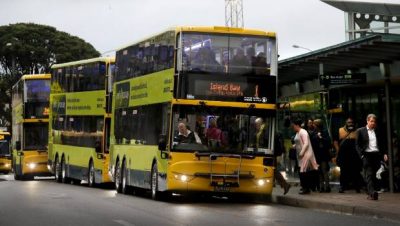
Railtime!
We are blessed with rail-friendly geography (major city right at the end of the island) so let’s unlock rail to be awesome:
- Build the full programme of Wellington regional rail improvements that’s needed, including the network upgrades that will enable better frequency. (Plan’s here [21.5 MB PDF])
- Comprehensive developments of major rail stations like Upper Hutt, Waterloo, Porirua, Waikanae, Johnsonville with residential, shopping, offices, community facilities, green space – Transit Oriented Development or TOD.
- Rail (or at least high-speed bus) to connect the two arms of the Kāpiti and Hutt rail lines
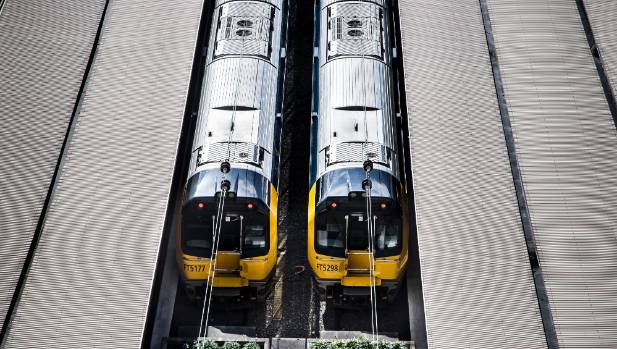
Delightful local trips
Working from home, retired, or caring for kids? It should be pleasant and easy to pop out for lunch or do errands on foot, by bike, by scooter.
- Traffic calm all residential streets to the magic speed: a real 30km/hr. It’s magic because it makes it possible for kids and adults to safely scoot and bike in the road, not on the footpath, and makes crossing the road way easier for everyone. Speed humps and chicanes are our new best friends. Do it with interim or trial treatments if we like – just do it!
- Put raised crossings at all intersections to manifest people-priority as per the (likely) Accessible Streets law change
- Make it safe and nice to scoot and bike to local shopping centres and railway stations: the arterial streets all get rori iti/bike lanes OR safe direct routes are established in calmed back-streets
- Traffic calm all town centre main streets for 30km/hr (some great examples in South Auckland) and build bike and micromobility parking on streets (in car parking spaces) not footpath
- Institute a whole lot of low traffic neighbourhoods – do these as a bundle, with intensification.
Superbly, there’s now a special fund and professional services support for towns to do these things “lighter, quicker, cheaper” – the Innovating Streets fund.
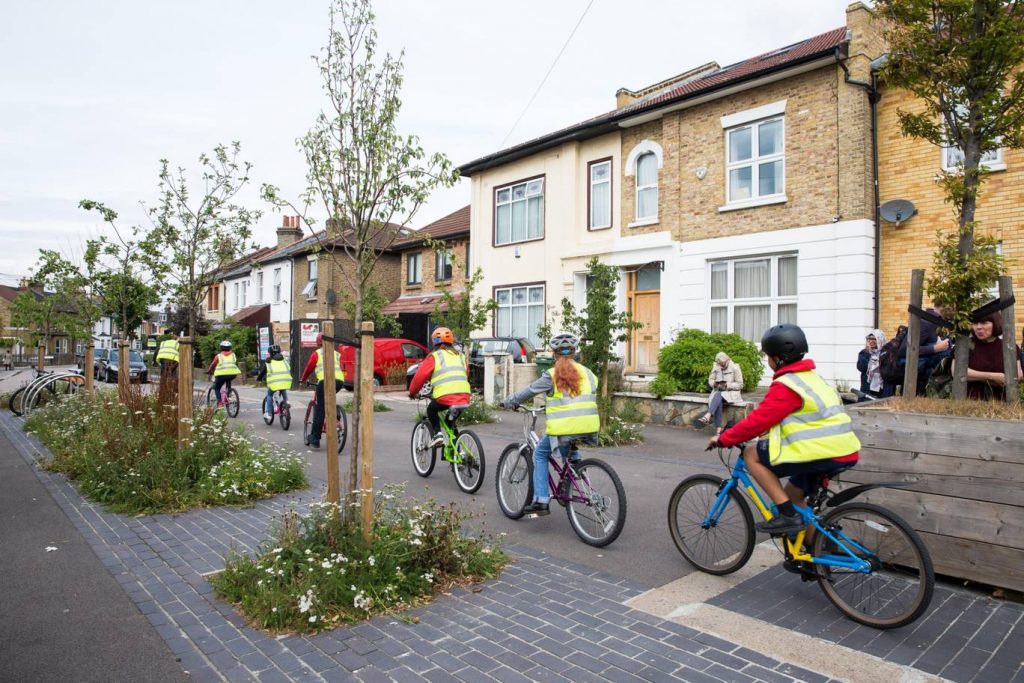
Good stuff that’s really ready
- Ngauranga – Petone path – do it already, with good penguin protection and as a cultural asset (see visualisation above)
- All those local centres to connect – Titahi Bay to Porirua, all the pathways around the Pekapeka to Ōtaki expressway (and Ōtaki town to the beach)…
The crisis of COVID-19 is the best chance that we’ve had in a long time to get things done that can boost Wellington towards its goal of being the most liveable city in the world. We’ve been tinkering at the edges till now.
Fingers crossed and stay tuned…
More reading:
- Economic stimulus to help us get out of crises: check out the New Deal (and this great piece highlights the private sector’s role), and some of-the-minute commentary
- Build Back Better – there’s plenty of useful stuff out there (Google it!) and even a NZ site with a decent summary
- Public debt: a burden of good stuff (but to the wrong recipients?) – British public debt to help abolish slavery
- Landuse intensification: see section 5 of the NPS-Urban Development discussion document [2.8MB PDF]
- Transit Oriented Development: great presentation here [PDF 8.9 MB]
Image credits:
- Transformers: TFWIKI
- New Deal workers with wheelbarrows – New York Times / Hulton Archive / Getty Images
- Damp state house that helped kill toddler – Rory Sullivan – Stuff
- Transmission Gully Cannons Creek Bridge – NZTA
- Naenae Clubhouse – Hutt City Council
- Sewage treatment plant – Ross Giblin – Stuff
- Pouring concrete foundation – Southbase Construction
Visualisation of Karo Drive trenched and covered – Let’s Get Wellington Moving - Hyperlocalism / 15 minute city – Paris En Commun
- New Deal workers – Civilian Conservation Corps getting shoes – Encyclopedia Britannica
- Karo Drive current – Kevin Stent – Stuff
- Double decker buses – Stuff
- Laneway housing – medium density done well – Cox Architects
- Trains and roofs – Maarten Holl, Stuf
- Waltham Forest kids off to school – Mark-Kerrison / Alamy-Stock-Photo
A bit more reading: at https://www.greaterauckland.org.nz/2020/04/07/innovating-streets/ Greater Auckland has a piece about NZTA’s new Innovating Streets for People pilot fund, where they latch on to tactical urbanism.
We need to be in there!
Good point Mike. Tactical urbanism is one important way forward. We need something that’s up and running as soon as we move to level 3.
NZTA’s innovating streets won’t help here, they aim for delivery by June 2021!
Need to be much faster than that.
Bring on the Petone Ngauranga pathway. Top of the list.
Also look at Roger Blakleys presentation at
https://onedrive.live.com/view.aspx?resid=2A67B23F3100A128!207&ithint=file%2cpptx&authkey=!AOP3GI5zbNYcZmk

Transport4 Strategy Essentials 3.pptx
Kiaora, good ideas in that powerpoint as well Paul. I would like to suggest that it may be strategically better to get support from constituents if we were to advocate as well to upgrade the residential homes of the city. This could be done through a number of ways. Each home should be deemed a cell of the whole body. It must have the capacity to capture energy and water, as well as dispense with some grey water, and if possible blackwater. It would certainly go a long way to alleviating the pressure on our utilities and is perhaps best suited to the suburbs surrounding the city? It would also make us all more resilient when the expected great shake arrives.